Health & Science
The Great Barrier Reef is dying; An ancient stream on Mars; Remnants of childbirth; The cuteness factor
The Great Barrier Reef is dying
The world’s largest coral reef ecosystem is spiraling toward collapse. New research shows that Australia’s Great Barrier Reef, which spans some 133,000 square miles and is home to tens of thousands of species, has lost more than half of its coral over the past 30 years. The extent of the loss is “just mind blowing,” University of North Carolina biologist John Bruno tells NBCNews.com. Worldwide, coral reefs have declined by 20 percent in recent decades, mostly because of climate change and the acidification of the seas. Bruno says scientists have long assumed that the Great Barrier Reef‘s “isolation, size, and huge biodiversity” would help it resist that decay. In recent years, though, warming waters there have killed coral and spawned more powerful cyclones that damage the delicate reefs. Meanwhile, fertilizer runoff from Australia has fueled a population boom among plankton, which feed the larvae of voracious, coral-eating starfish. Marine scientists say only a drastic curbing of fertilizer use can slow the starfish advance, allowing the coral, which now covers only 14 percent of the reef, to begin growing back. Otherwise, coral cover could fall to just 5 percent in the next decade.
An ancient stream on Mars
The Week
Escape your echo chamber. Get the facts behind the news, plus analysis from multiple perspectives.

Sign up for The Week's Free Newsletters
From our morning news briefing to a weekly Good News Newsletter, get the best of The Week delivered directly to your inbox.
From our morning news briefing to a weekly Good News Newsletter, get the best of The Week delivered directly to your inbox.
NASA’s Curiosity rover has uncovered proof that water once flowed swiftly across the surface of Mars. In its first major discovery since its spectacular landing in August, Curiosity beamed back close-up photos showing what appears to be a dry stream bed, filled with small, rounded pebbles, Space.com reports. Analysis of the size and smooth shape of the pebbles suggests that they once tumbled down a fast-moving stream “with a depth somewhere between ankle and hip deep,’’ says the mission’s lead scientist, William Dietrich of the University of California, Berkeley. Researchers have long believed that channels visible on the surface of Mars are evidence that the planet was once covered in water, but Curiosity’s photos mark “a transition from speculation to direct observation,” Dietrich says. The streams apparently flowed for thousands of years before Mars dried up a couple of billion years ago and became the arid land it is today. What intrigues NASA is that “a long-flowing stream can be a habitable environment,” says mission scientist John Grotzinger. Curiosity will now search for carbon, which would indicate that microorganisms may have once existed on Mars.
Remnants of childbirth
Carrying a baby boy in her womb can change a woman’s brain permanently—and may protect her against Alzheimer’s disease later in life. Researchers analyzed the brains of 59 women who died between the ages of 32 and 101 and found that two thirds of them had bits of male DNA, which scientists believe migrated from male fetuses the women carried. Fetal cells from daughters might be there, too, but would be harder to detect. Though the sample was small, the study found that women with the largest amount of male DNA were also the least likely to have developed Alzheimer’s, suggesting “that the presence of fetal cells in the female brain prevents disease,’’ cardiologist Hina Chaudhry of Mount Sinai School of Medicine tells ScienceNow.org. Previous research has shown that fetal cells migrate through the placenta into a woman’s blood and organs—causing a condition called “microchimerism”—but until now researchers weren’t sure the cells could enter the brain. Scientists believe that microchimerism from male fetuses may help protect against certain diseases, such as breast cancer. But there’s also evidence that it may increase the risk of colon cancer and some autoimmune disorders.
The cuteness factor
A free daily email with the biggest news stories of the day – and the best features from TheWeek.com
Adorable photos of baby animals may seem distracting, but they can actually aid concentration in the workplace, Time.com reports. Japanese researchers had volunteers complete several tasks designed to test their focus, including playing a board game like Operation, in which they had to remove small pieces from a cramped hole with tweezers without brushing the sides of the hole. In the middle of the task, the volunteers took a break to look at pictures of cute baby animals, adult animals, or tasty-looking foods. After the break, researchers found, the volunteers who had viewed the baby animals performed markedly better than the other groups—improving their motor performance by 44 percent and their number-spotting ability by about 16 percent. The finding suggests that cute things “not only make us happier,” but also compel us to act “more deliberately and perform tasks with greater time and care,” the researchers say. That’s because we evolved to be attentive and patient in the presence of babies—qualities that also make us better workers.
-
 Heavenly spectacle in the wilds of Canada
Heavenly spectacle in the wilds of CanadaThe Week Recommends ‘Mind-bending’ outpost for spotting animals – and the northern lights
-
 Facial recognition: a revolution in policing
Facial recognition: a revolution in policingTalking Point All 43 police forces in England and Wales are set to be granted access, with those against calling for increasing safeguards on the technology
-
 Sudoku hard: December 14, 2025
Sudoku hard: December 14, 2025The daily hard sudoku puzzle from The Week
-
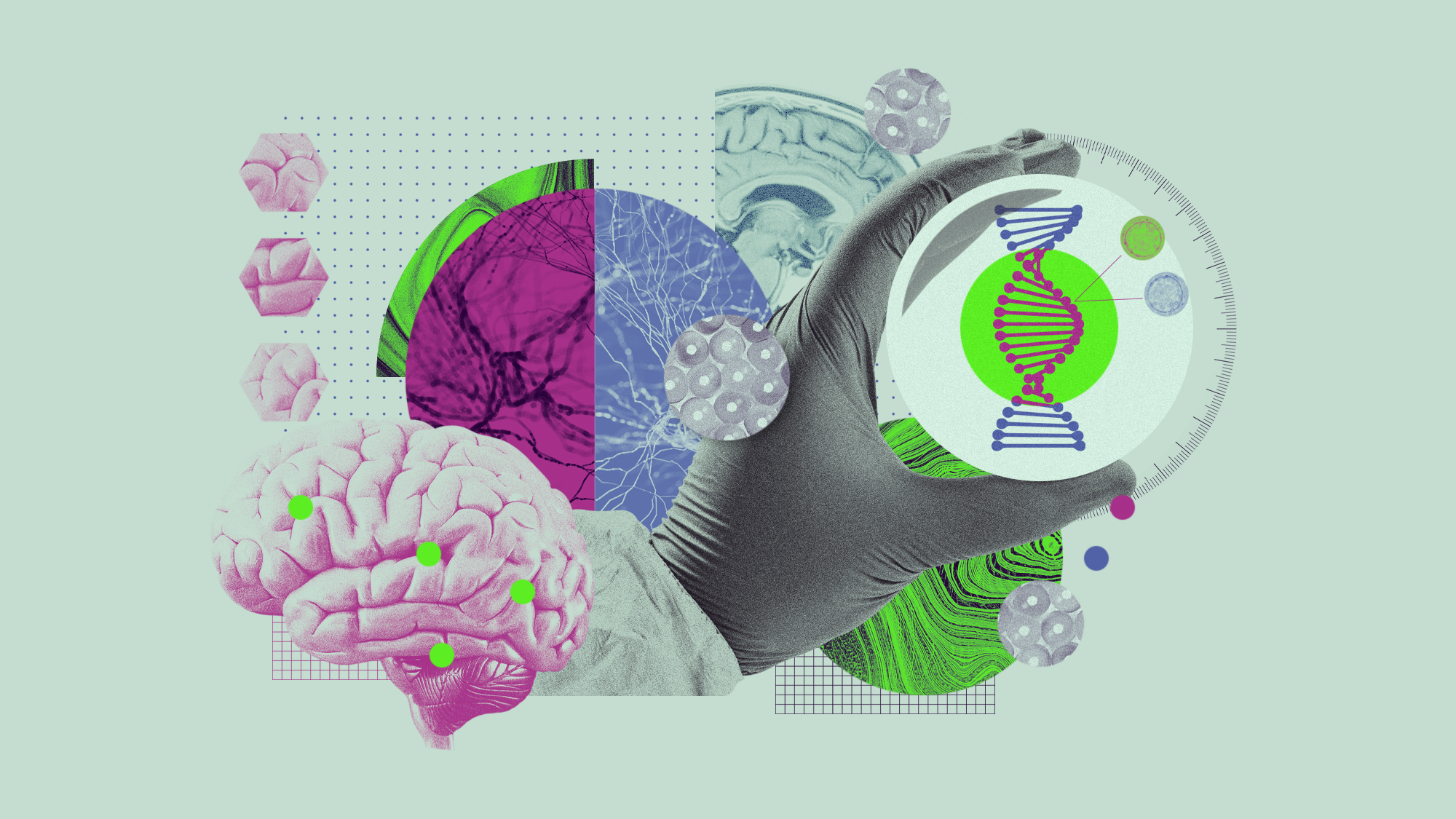 5 recent breakthroughs in biology
5 recent breakthroughs in biologyIn depth From ancient bacteria, to modern cures, to future research
-
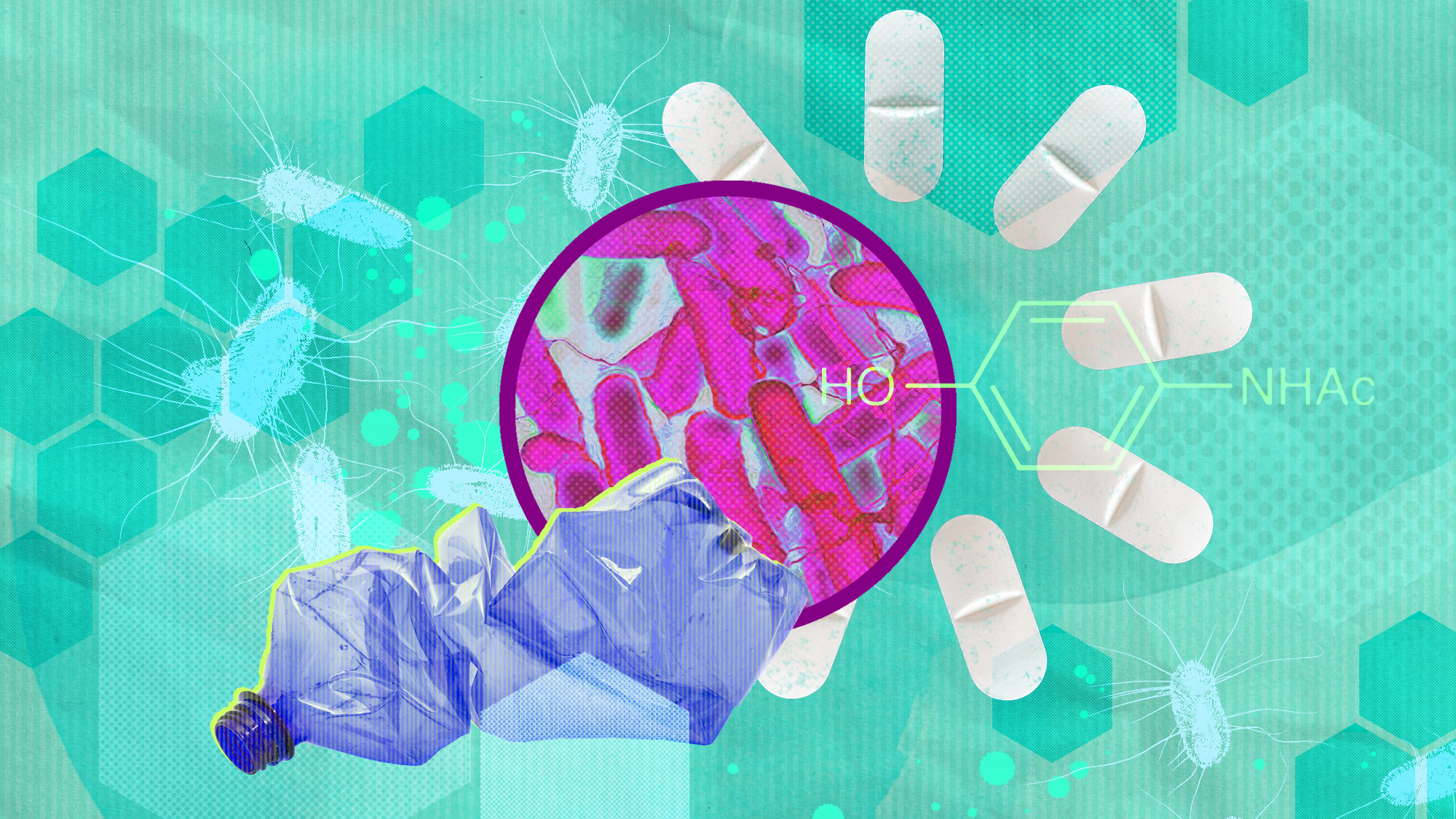 Bacteria can turn plastic waste into a painkiller
Bacteria can turn plastic waste into a painkillerUnder the radar The process could be a solution to plastic pollution
-
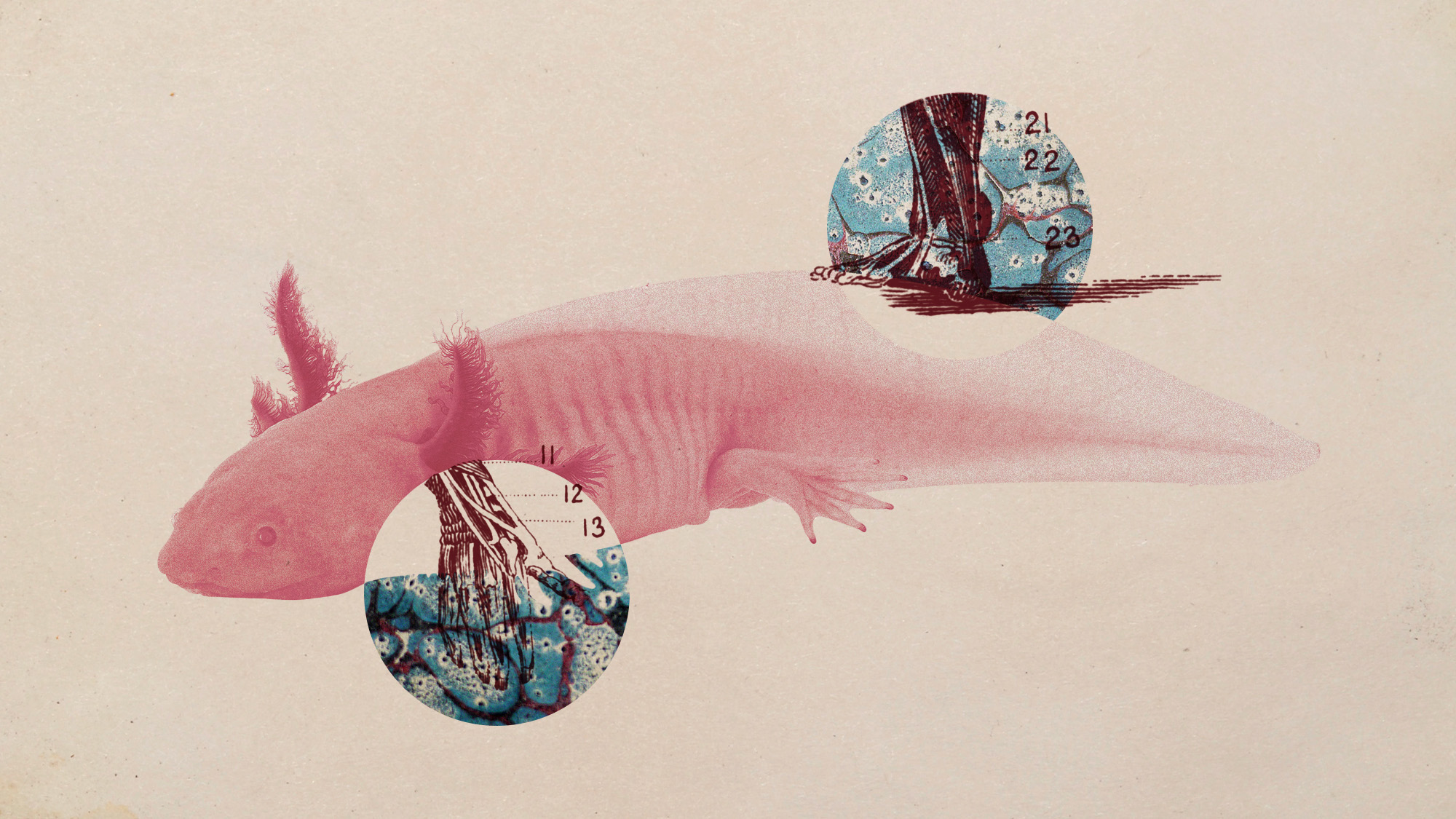 Scientists want to regrow human limbs. Salamanders could lead the way.
Scientists want to regrow human limbs. Salamanders could lead the way.Under the radar Humans may already have the genetic mechanism necessary
-
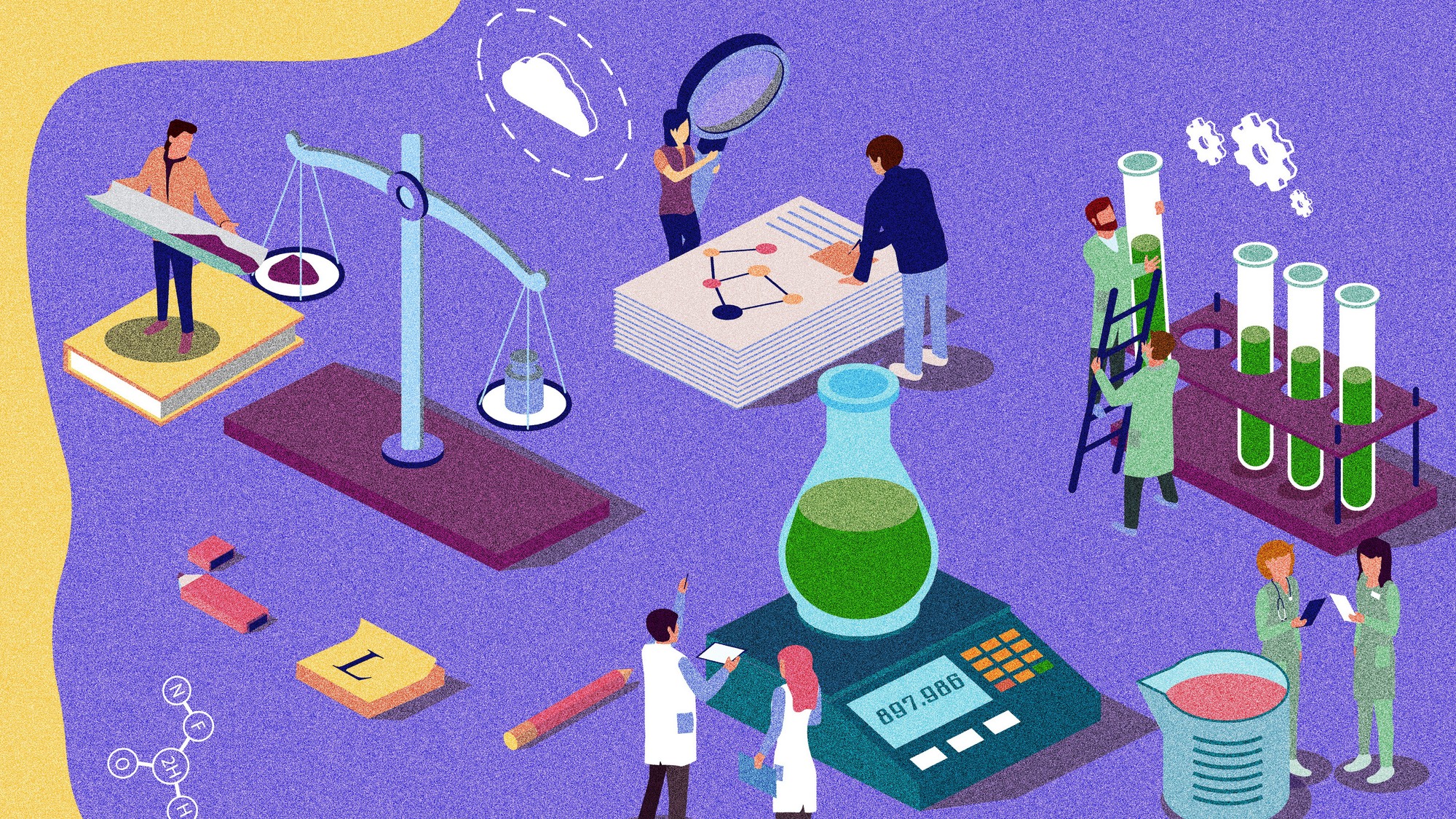 Is the world losing scientific innovation?
Is the world losing scientific innovation?Today's big question New research seems to be less exciting
-
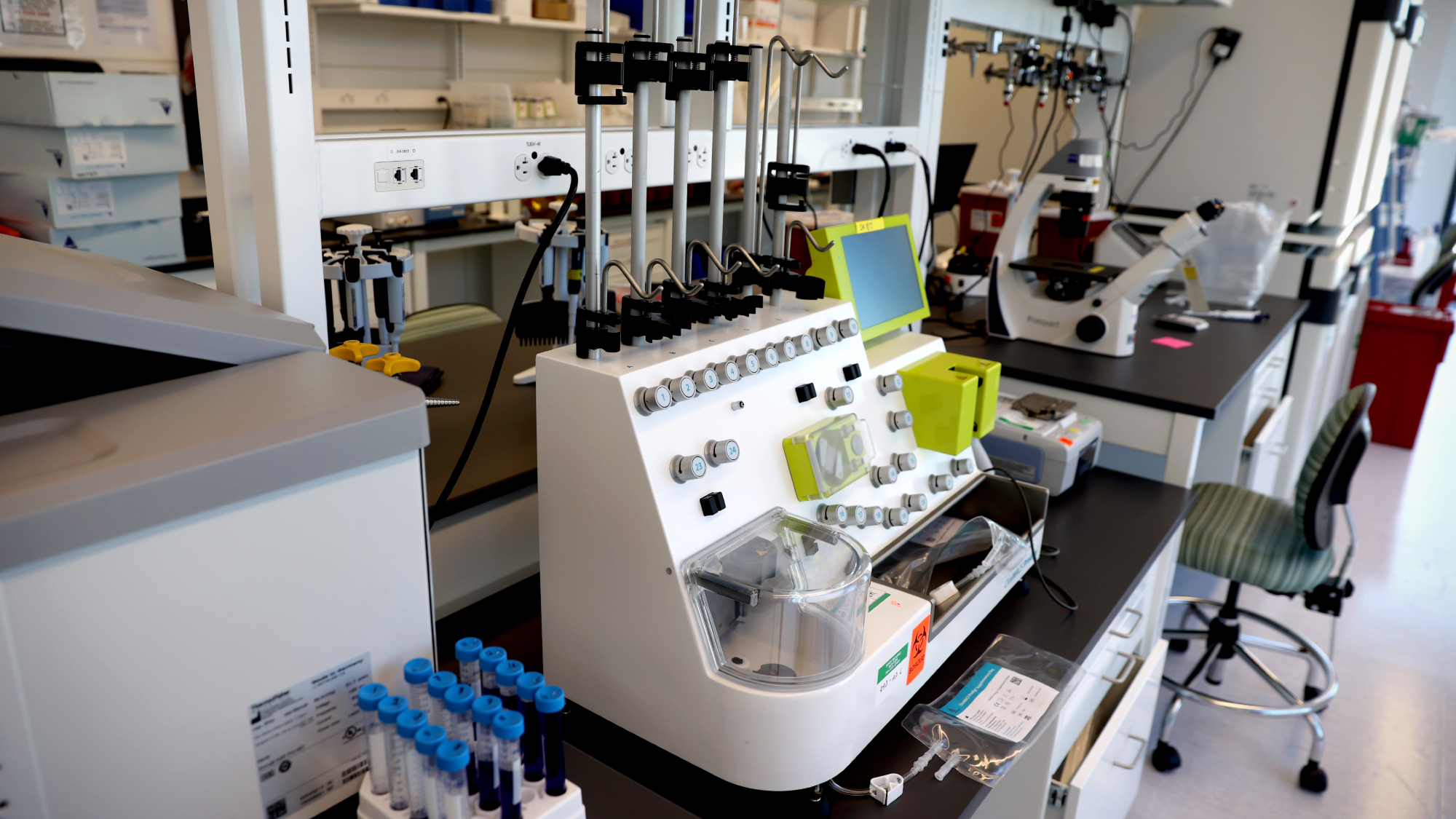 Breakthrough gene-editing treatment saves baby
Breakthrough gene-editing treatment saves babyspeed read KJ Muldoon was healed from a rare genetic condition
-
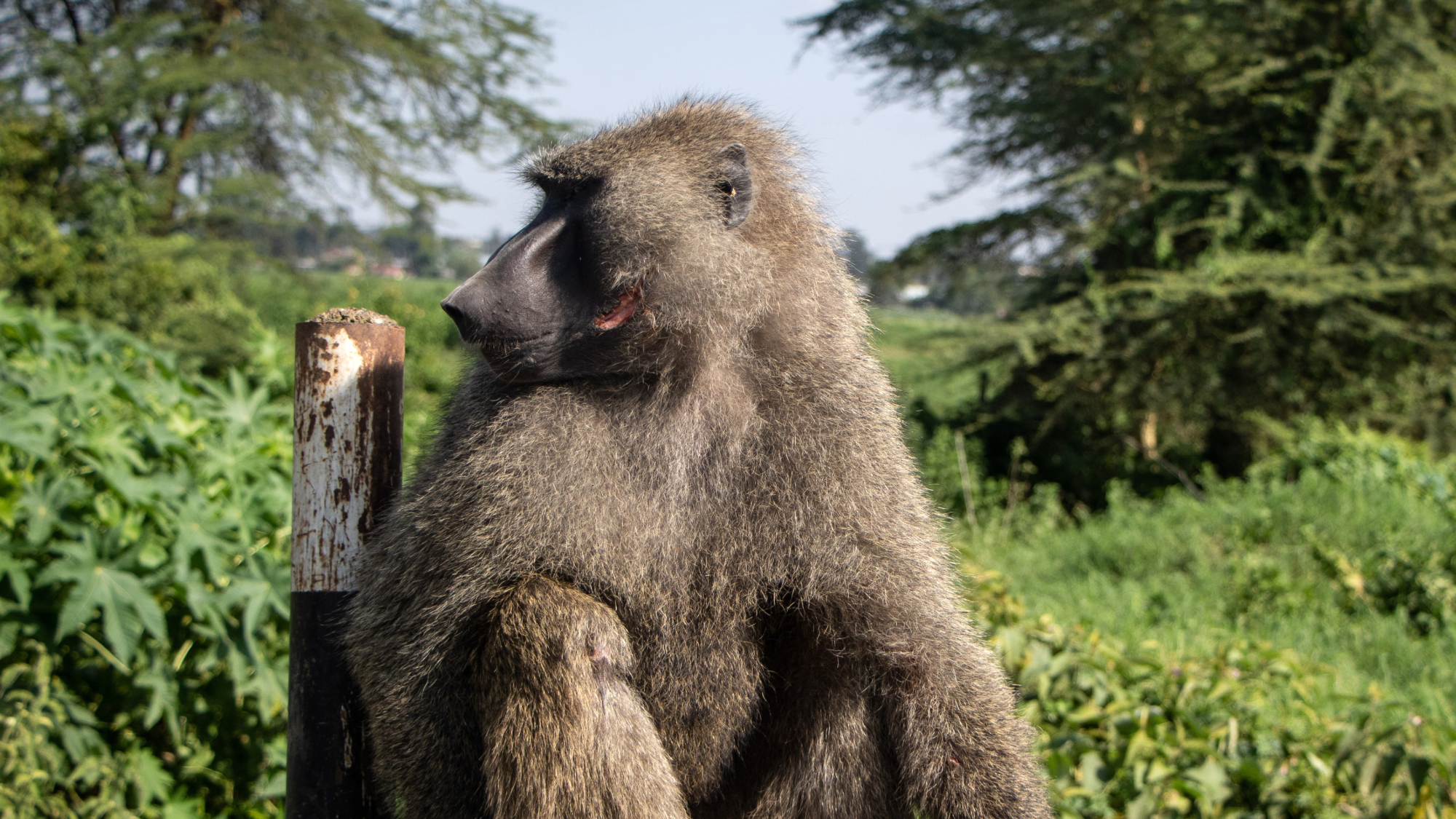 Humans heal much slower than other mammals
Humans heal much slower than other mammalsSpeed Read Slower healing may have been an evolutionary trade-off when we shed fur for sweat glands
-
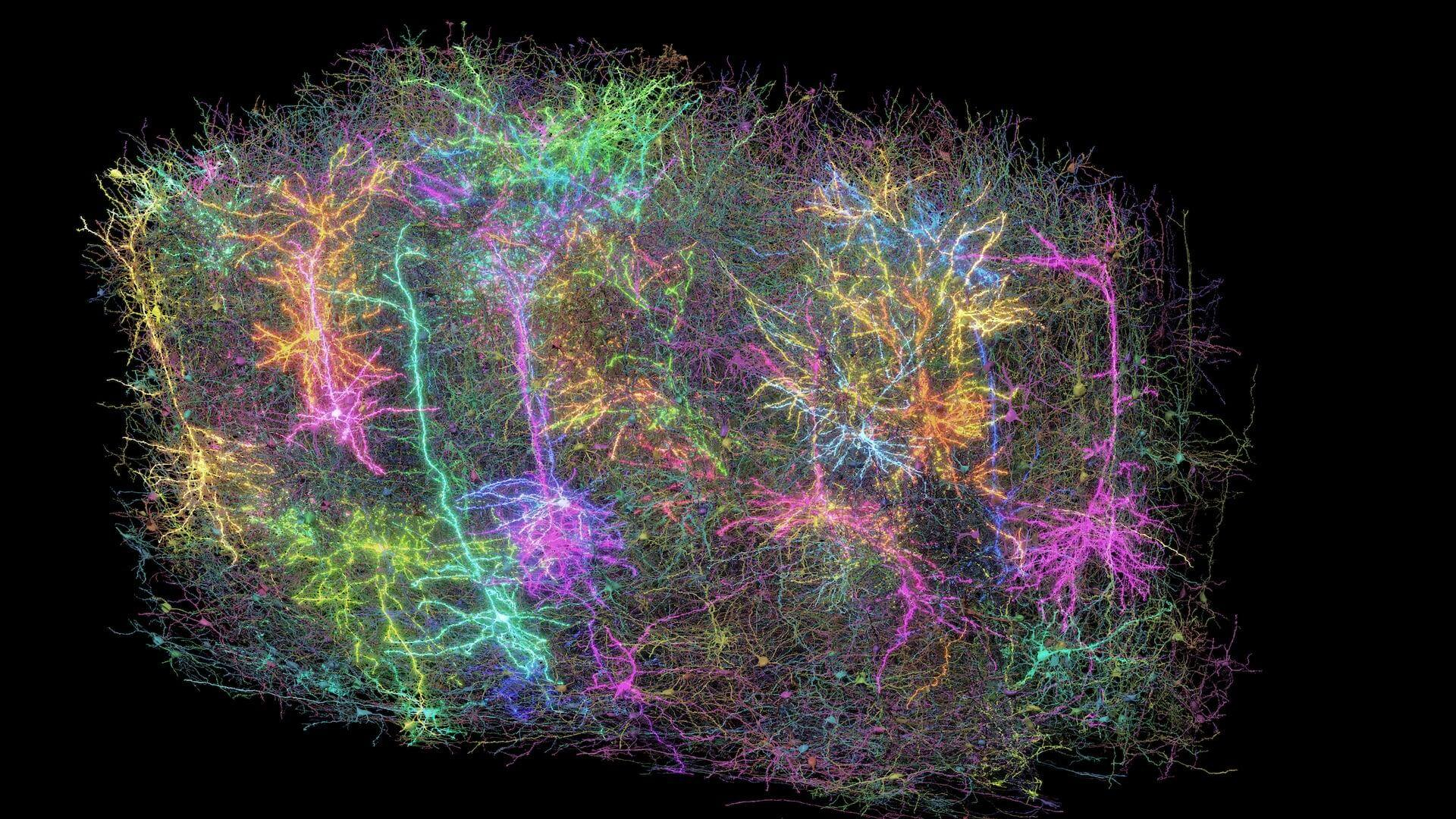 Scientists map miles of wiring in mouse brain
Scientists map miles of wiring in mouse brainSpeed Read Researchers have created the 'largest and most detailed wiring diagram of a mammalian brain to date,' said Nature
-
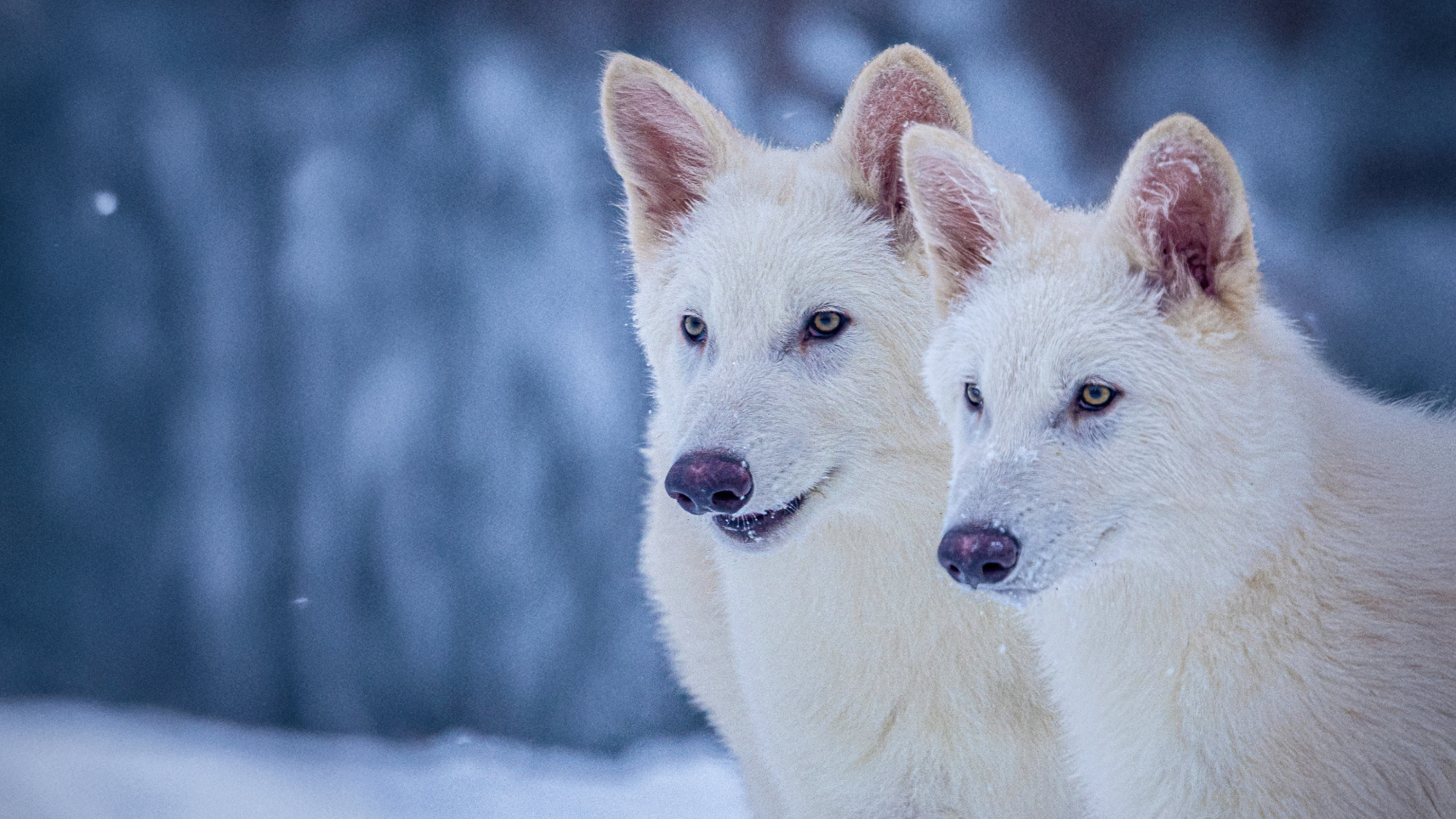 Scientists genetically revive extinct 'dire wolves'
Scientists genetically revive extinct 'dire wolves'Speed Read A 'de-extinction' company has revived the species made popular by HBO's 'Game of Thrones'